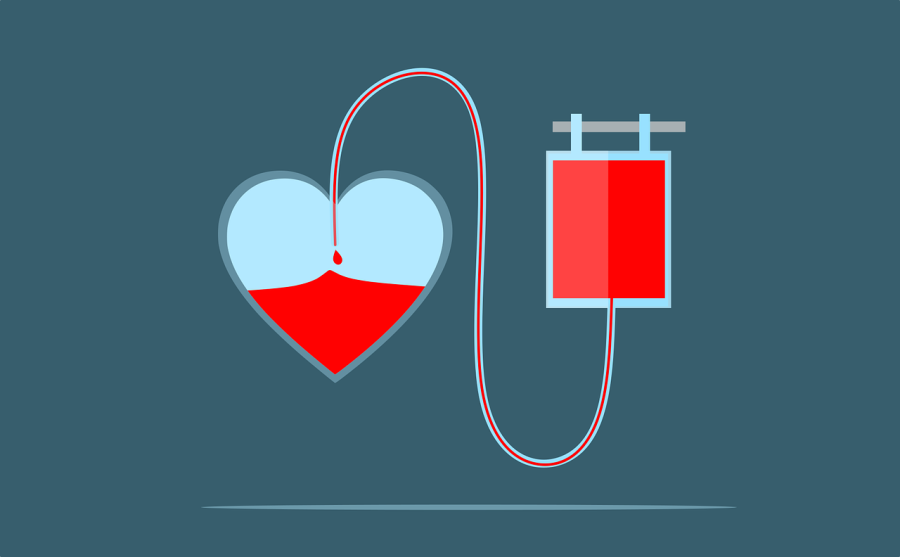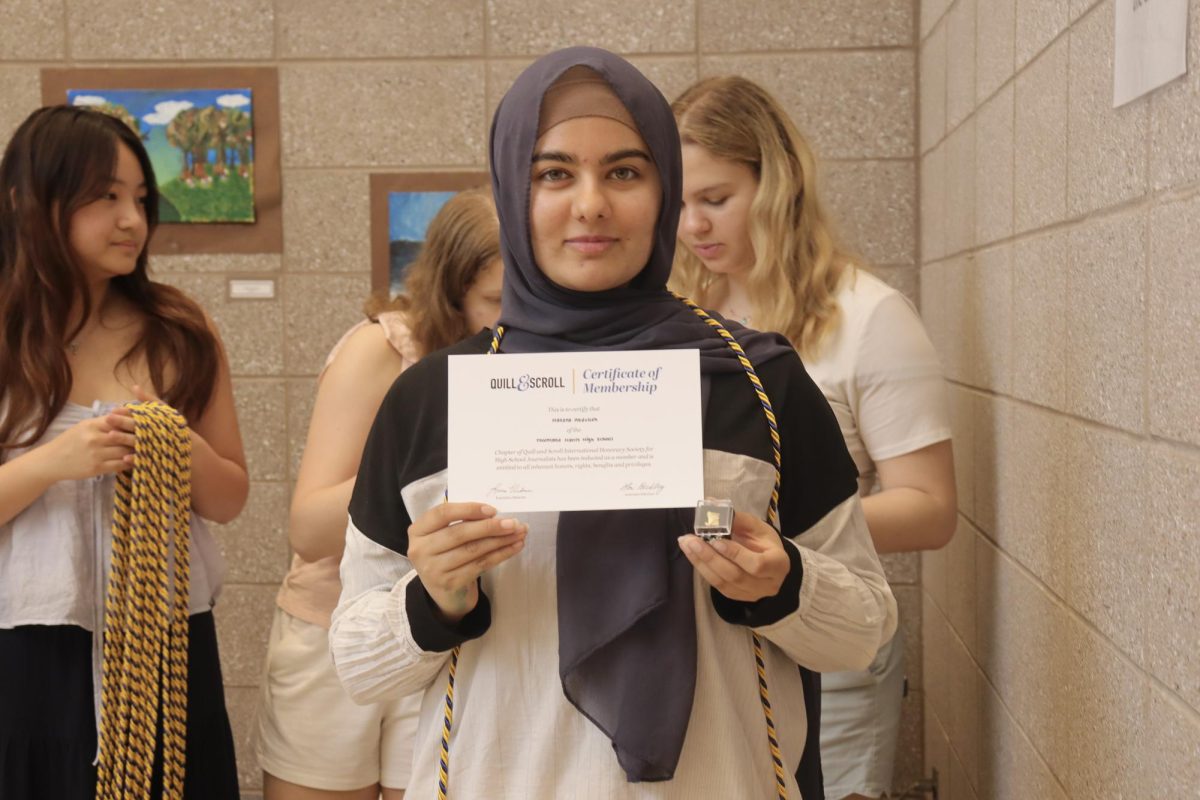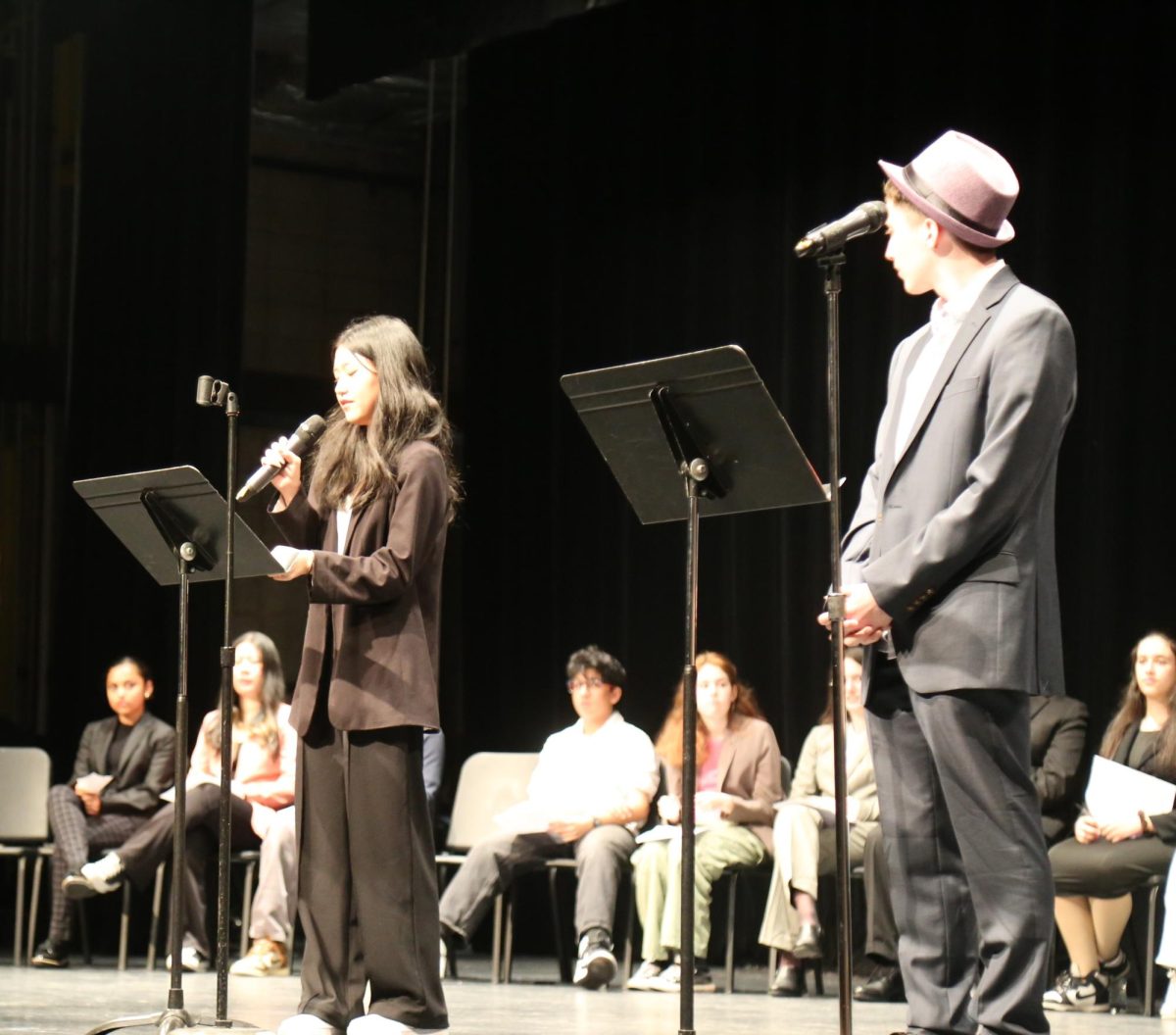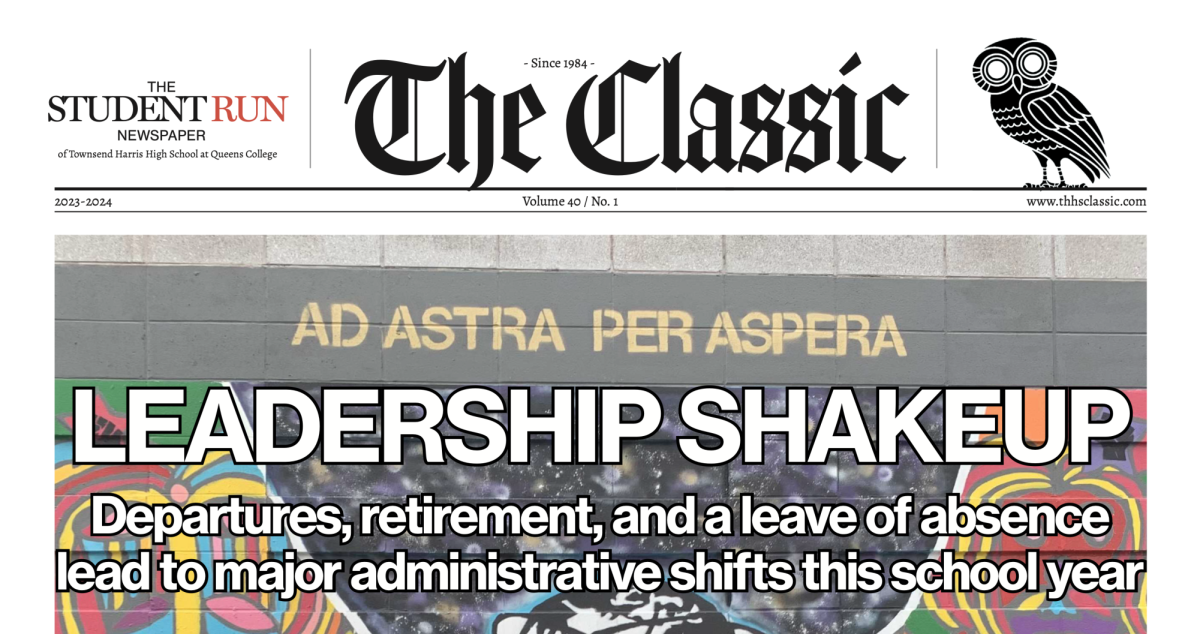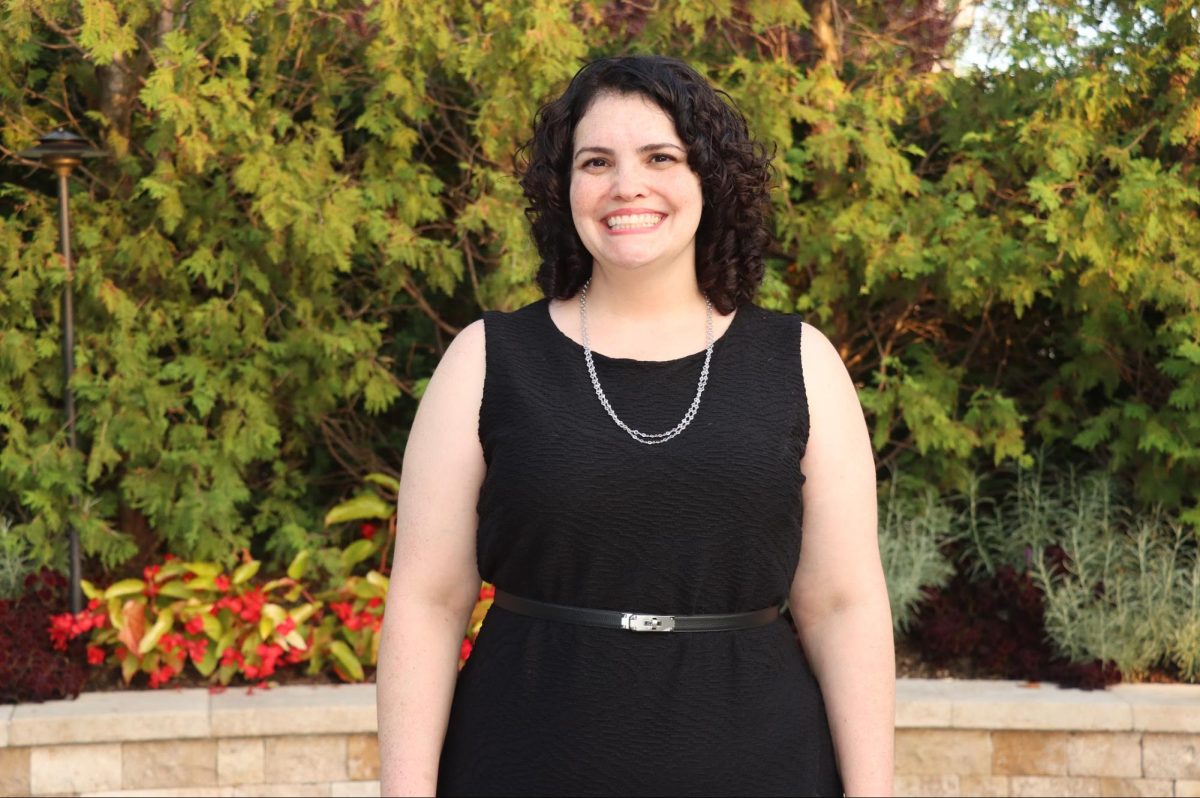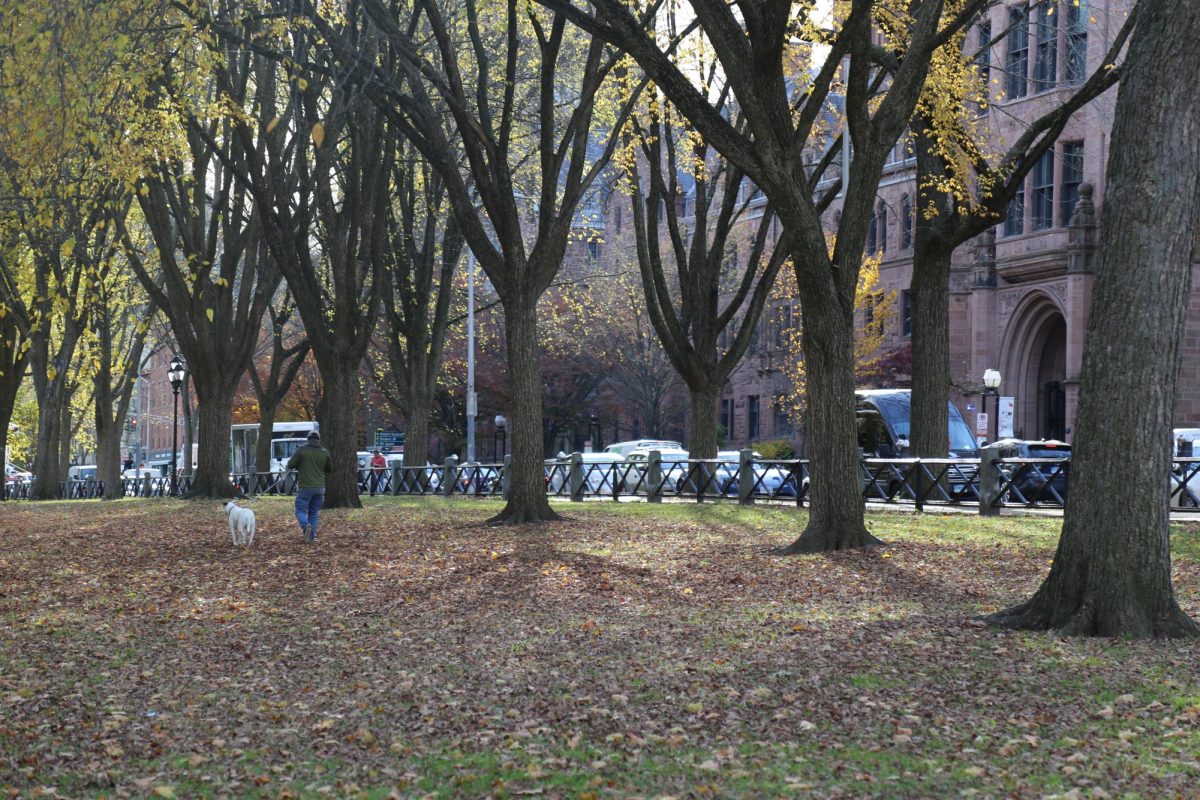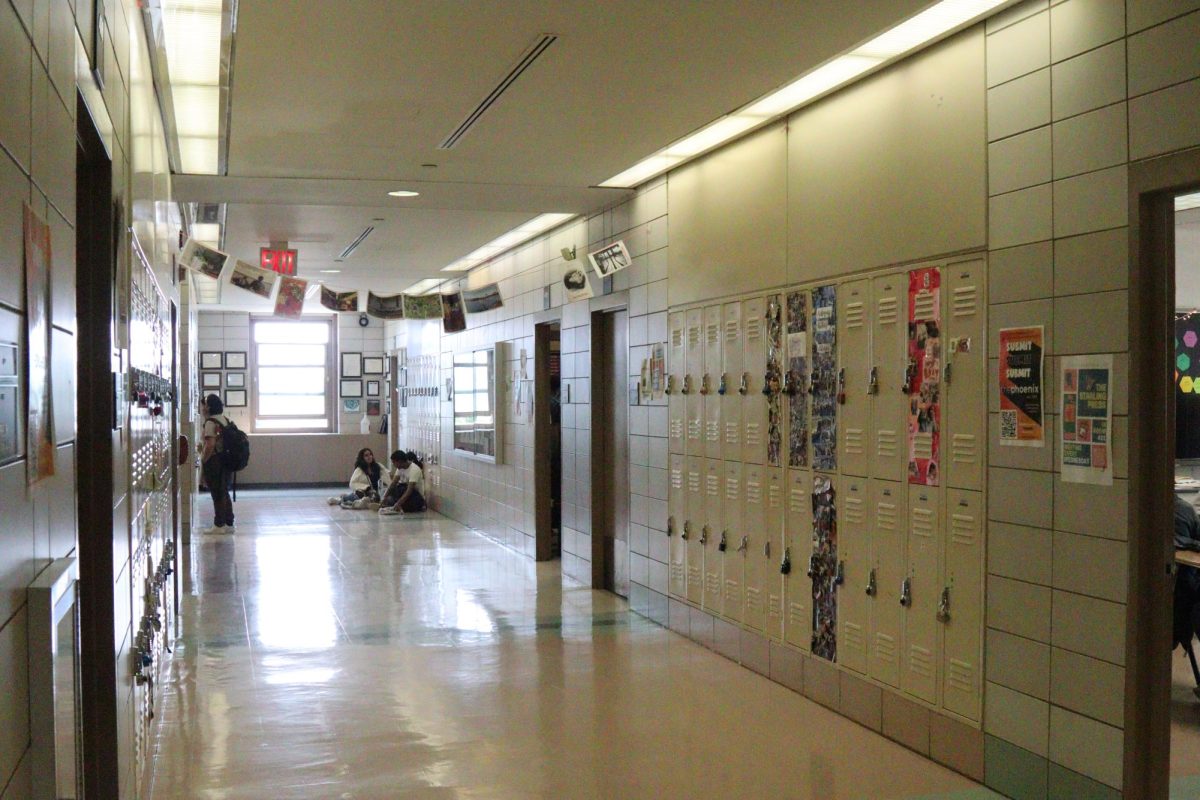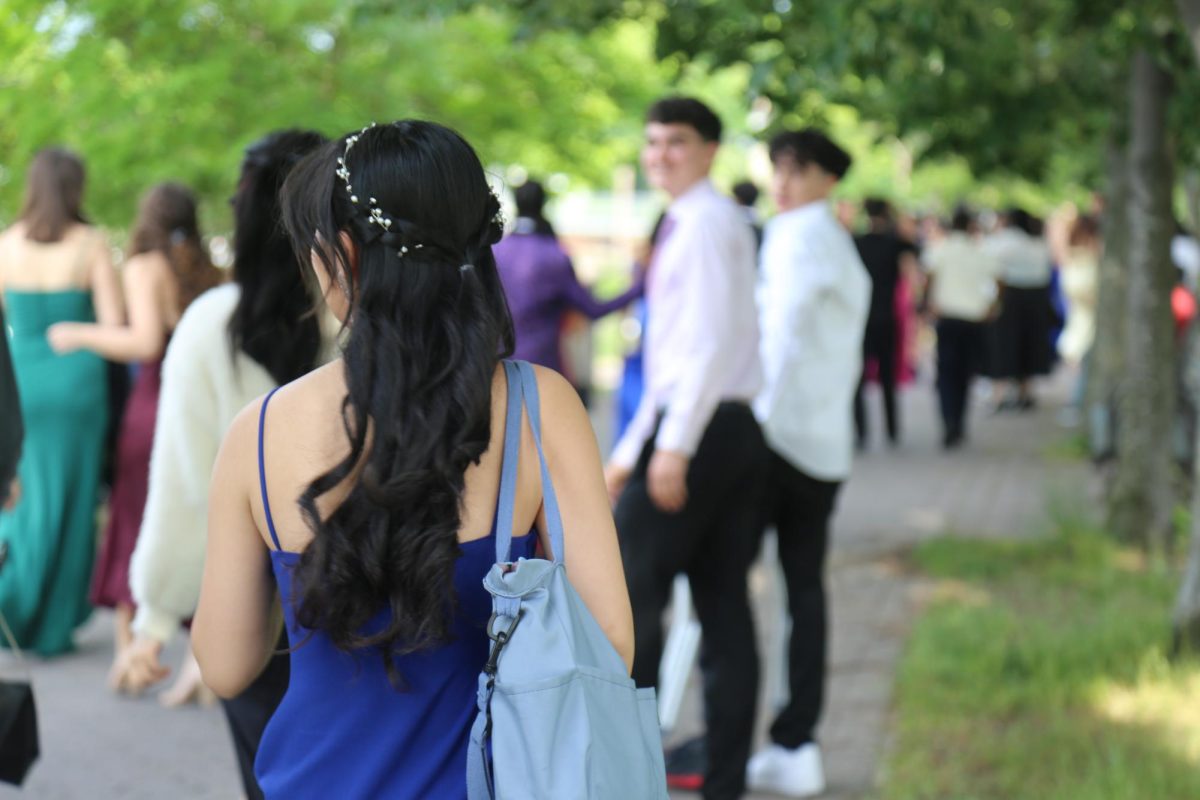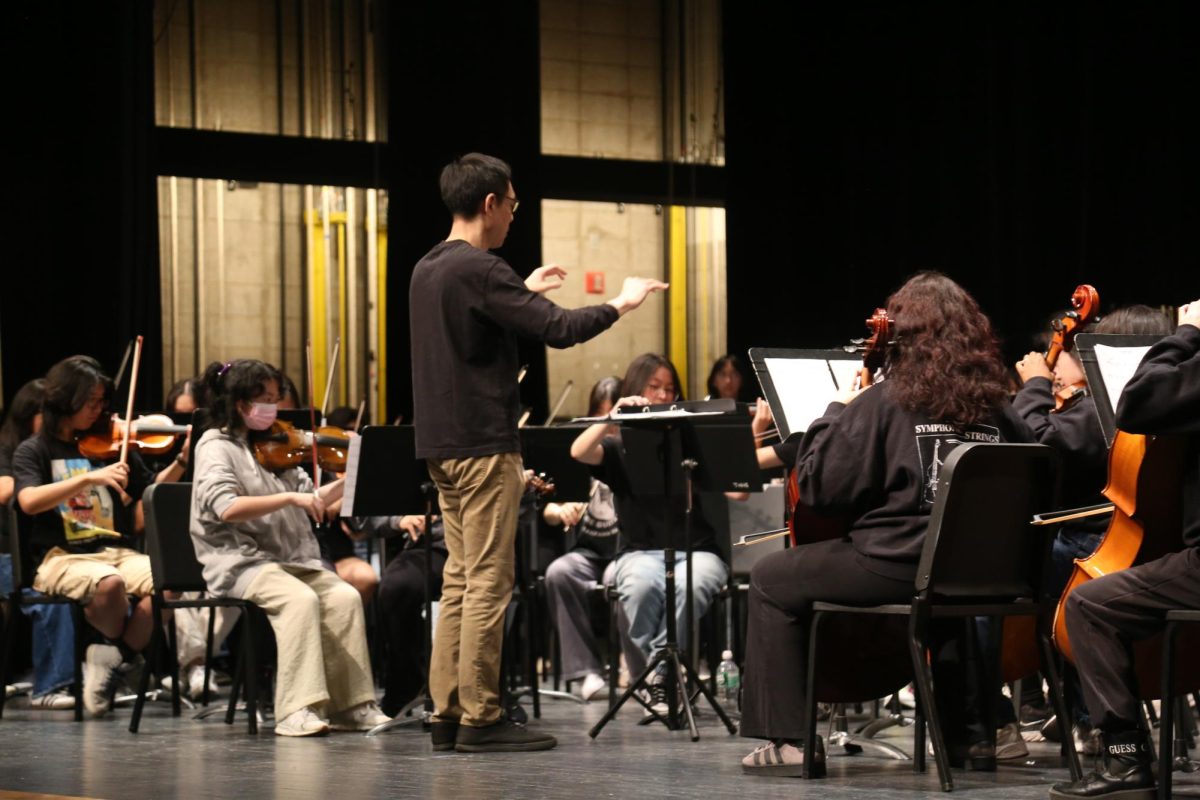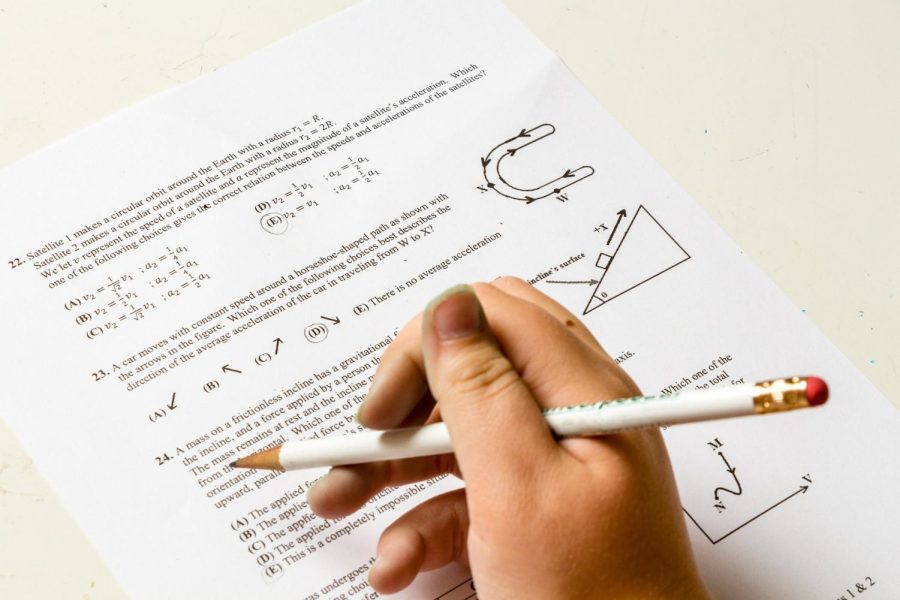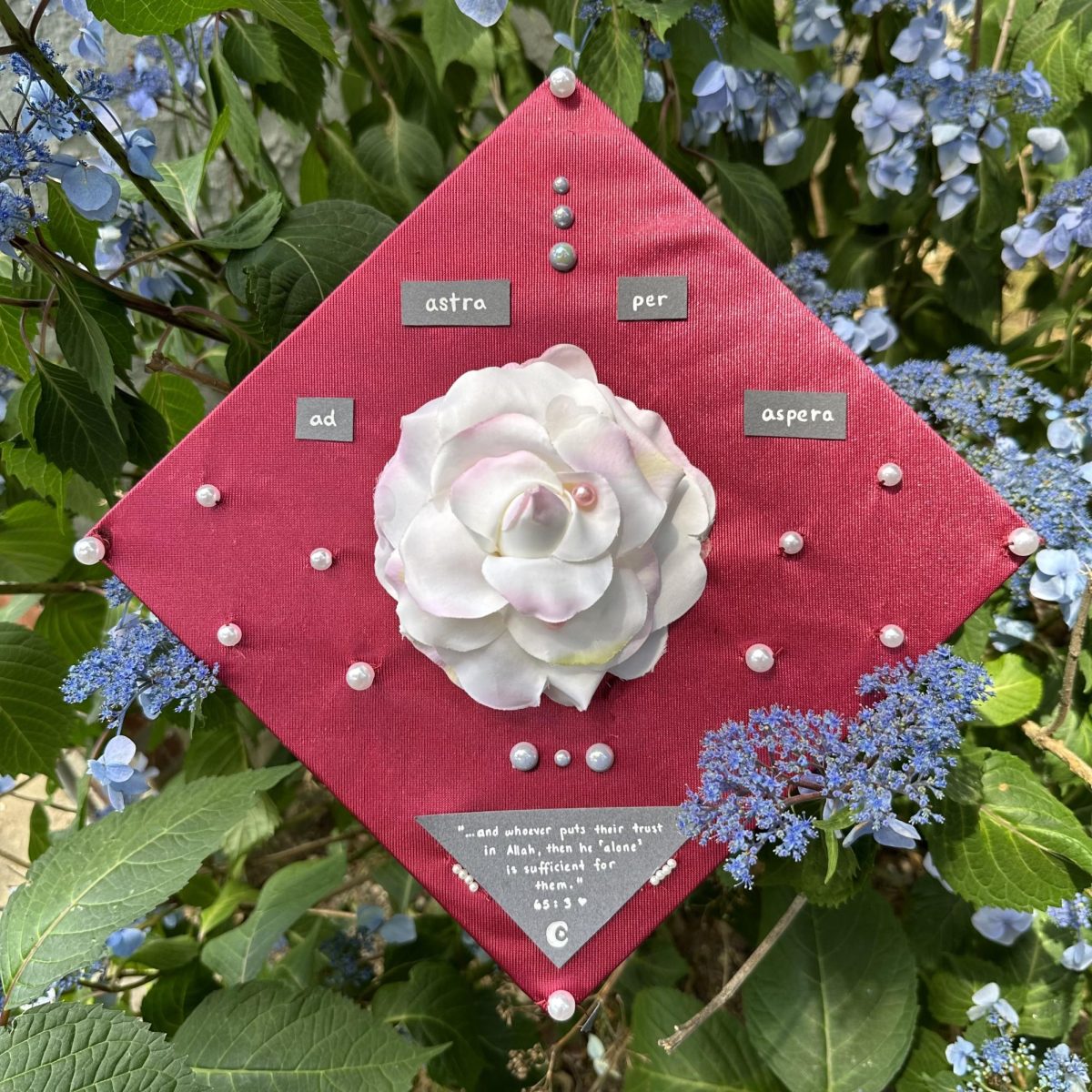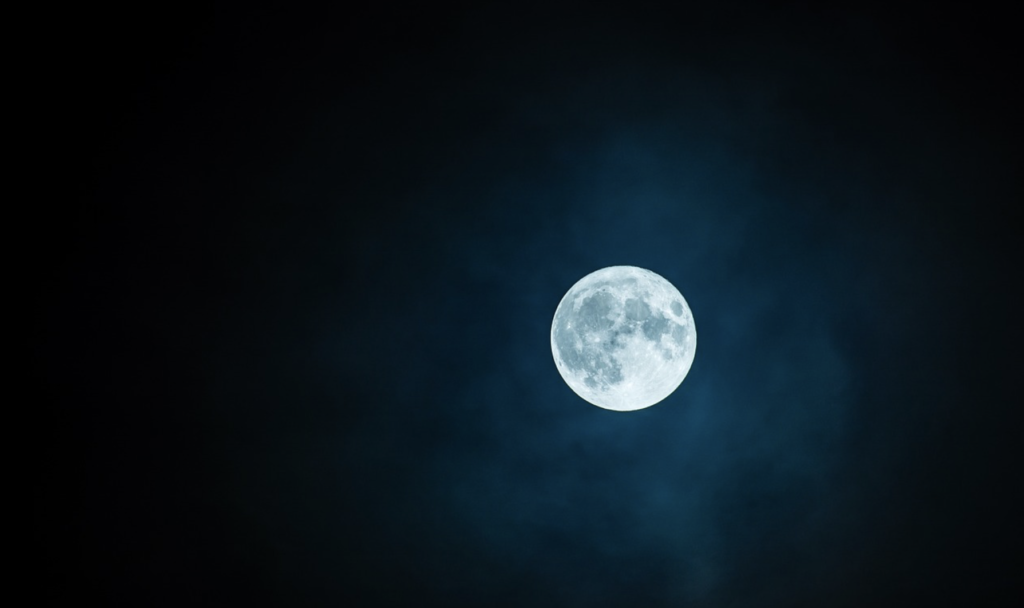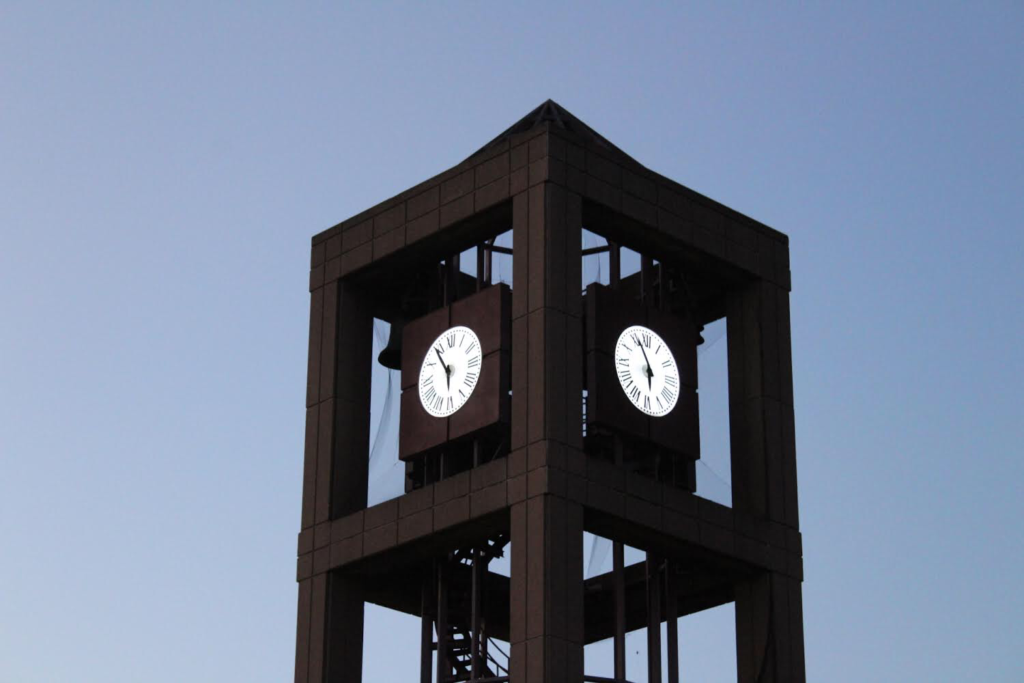
By Jasmine Palma, Staff Writer
If one moon wasn’t good enough, the Tian Fu New Area Science Society has intentions for a launch of a duplicate moon. Scientists hope to illuminate the urban streets of southwestern China’s Sichuan province capital Chengdu, which is home to 14 million people, and ultimately conserve a significant amount of energy.
The new moon is set to launch into orbit as of 2020 from the Xichang Satellite Launch Center in Sichuan. If successful, there is the prospect of a launch of another three moons into the night-sky in 2022, replacing streetlights. The announcement was released by the head of the Tian Fu New Area Science Society, Wu Chunfeng, at an innovation conference in October.
In an interview with China Daily, Wu stated the “artificial moon” is an illuminative satellite with a reflective coating and adjustable panels that ricochets sunlight back to Earth. It is expected to be eight times brighter than the natural moonlight received by Earth. However, to humans, it will only be about one-fifth of the light received from a streetlight. Despite the assumption of the synthetic moon resembling a silver disc in the sky, it will likely appear as a bright star.
The disregard of streetlights will cut electrical expenses by $174 million and the simulated moon would aid as a light source in disastrous occurrences, thus speeding up rescues.
Despite the notion seeming unique, another world power has attempted this feat before. It was the 1999 Russian project Znamya or “Banner.” Banner’s lead engineer Vladimir Syromyatnikov built a 65-foot-wide sheet composed of mylar. The sheet, or “space mirror,” could be unfolded from a mechanism located at the center and reflect sunlight back to Earth. The project misfired at the launch and discontinued because of budget problems.
The failure of Banner created the widespread doubt of the illuminative satellite’s functionality. Senior Christopher Thomas commented, “I think the artificial moon would be too hard to plan out and would not technically be possible. The Russians had attempted to do this already and failed. Russia has one of the most developed space programs in the world, perhaps even beyond that of China. If a major world power in the field of space could not figure out the logistics of this pseudo moon, I think it would be hard for China to figure out how to complete the task.”
The concerns about the synthetic moon do not end there. Critics have speculated that it may disrupt the metabolic processes of humans and animals, such as sleeping patterns. Christopher shared similar sentiments and remarked, “Sleep patterns of different animals can change. The moon may not be optimal in all locations of the world. [Environmentally speaking,] it is hard to be certain what will happen once this artificial moon is put in place. Thus, it is not a good idea.”
Sophomore Felisia Mohabir agreed and asserted that, although having an artificial moon is good in theory, “it has the capacity of malfunctioning and upset the sensitive ecological homeostasis.”
As a progressive species, humans persistently pursue innovative interpretations of the natural order of the universe. They surpass the boundaries set by nature in an attempt to manipulate the laws of life and the cosmos, consequently showcasing that curiosity sometimes leads to the naivety of the formidable natural world. Despite the exciting possibility of a man-made moon, one must discern that nature is the underlying entity that expresses its objection to whatever distorts its formulated arrangement.

